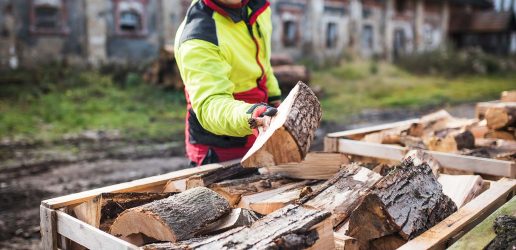As our climate changes, stem cracking in conifers will become an increasing concern for the forestry industry. Forest Research is undertaking a major study and asks forestry professionals across Britain to report stem cracks using TreeAlert, the online tree health reporting tool. Forest Research Senior Scientist, Rubén Manso, explains.
Stem cracks, also known as drought cracks, are a type of defect found in standing conifer trees. Affected timber is unsuitable for structural uses. Stem cracks are very common in Norway spruce and firs, but can also occur in Sitka spruce.
The cracks are caused by internal tensions (growth stresses) in the tree stem. A crack is formed and then spreads, spiralling up the tree (following the line of the grain) and outward radially, until eventually it hits the cambium and a scar in the bark is formed. It is these bark scars which allow us to identify trees containing stem cracks.
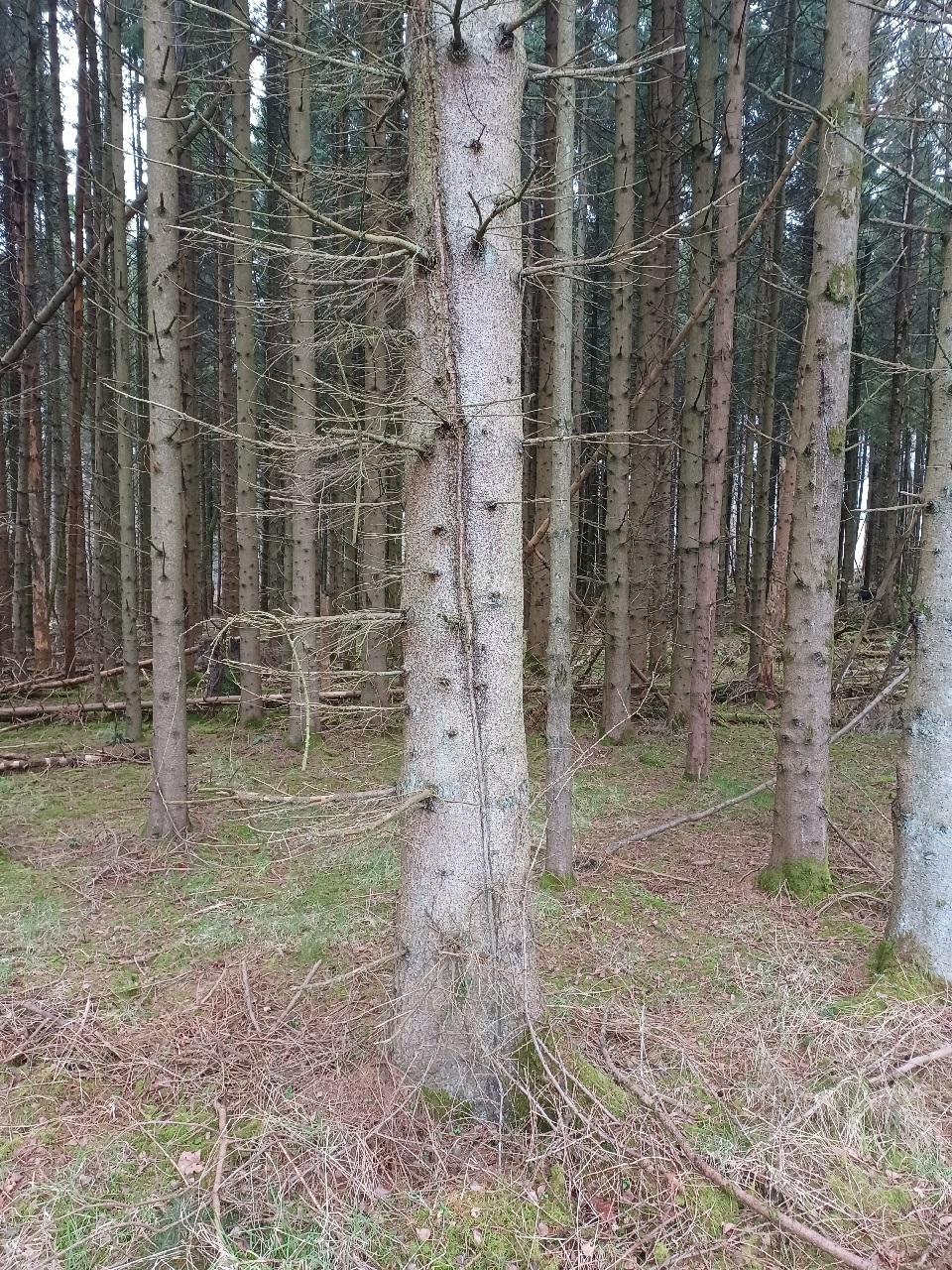
Increases in internal growth stresses are often associated with different forms of water deficit, which, among other things, can be caused by drought. In recent years, across Europe, stem cracking has been exacerbated as increasingly drier climatic conditions have taken hold. In Britain, we can expect a future increase in the number of trees affected by stem cracks as a direct result of climate change.
Forest Research is undertaking research to understand the problem, mapping the risk and collecting samples on the ground to determine the predisposing factors and triggers that lead to stem cracking. The overarching aim is to develop new management guidelines. A preliminary but key step is to precisely determine the locations of forest sites on which cracks occur. Given the current low frequency of crack occurrence, systematically surveying the forest estate is not feasible. Instead forestry professionals from across Britain are being asked to look for signs of stem crack and report them using TreeAlert.
Reporting stem cracking using TreeAlert
Stem cracking can be reported through the new TreeAlert Abiotic Reports section, which is the equivalent of the well-known Pest or Disease Specific Reports (SPODs) for abiotic damage. To report the presence of stem crack:
- Register / log in (to report stem cracking you need to be logged in)
- Go to Submit a Report
- Choose Abiotic Reports
- Then choose Stem Cracking.
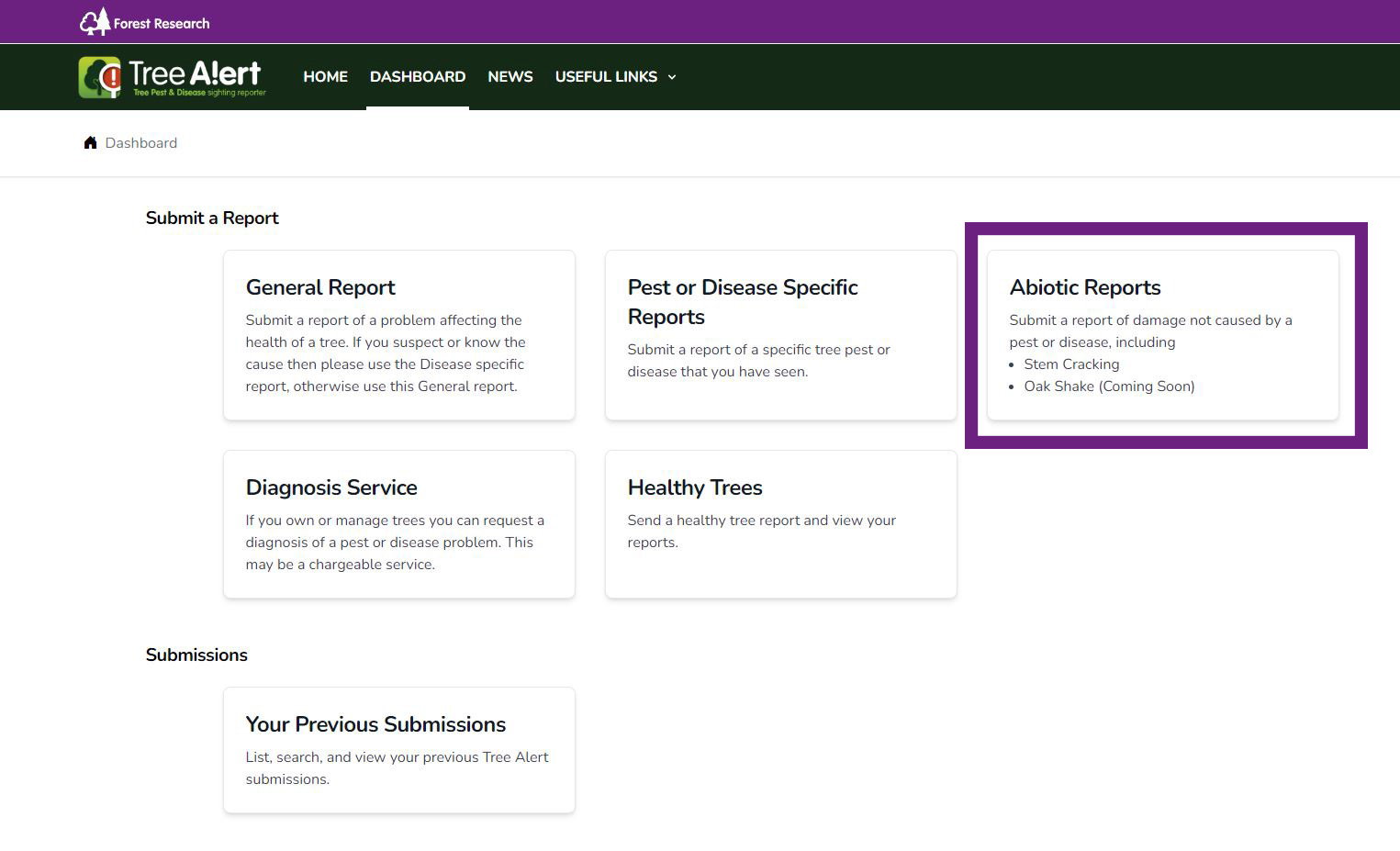
You will be presented with a very straightforward questionnaire that includes the familiar steps involved in reporting ash dieback, Dothistroma in pines or Phytophthora in conifers. This questionnaire will prompt you provide the location of the tree with stem cracks, and at least one photograph for verification purposes. Providing personal contact details is optional, but it would be useful for Forest Research staff to be in touch should a visit to the site be required.
Information gathered through TreeAlert on the locations where cracks are found will be hugely helpful to this important piece of research.
Gallery of trees affected by stem cracking
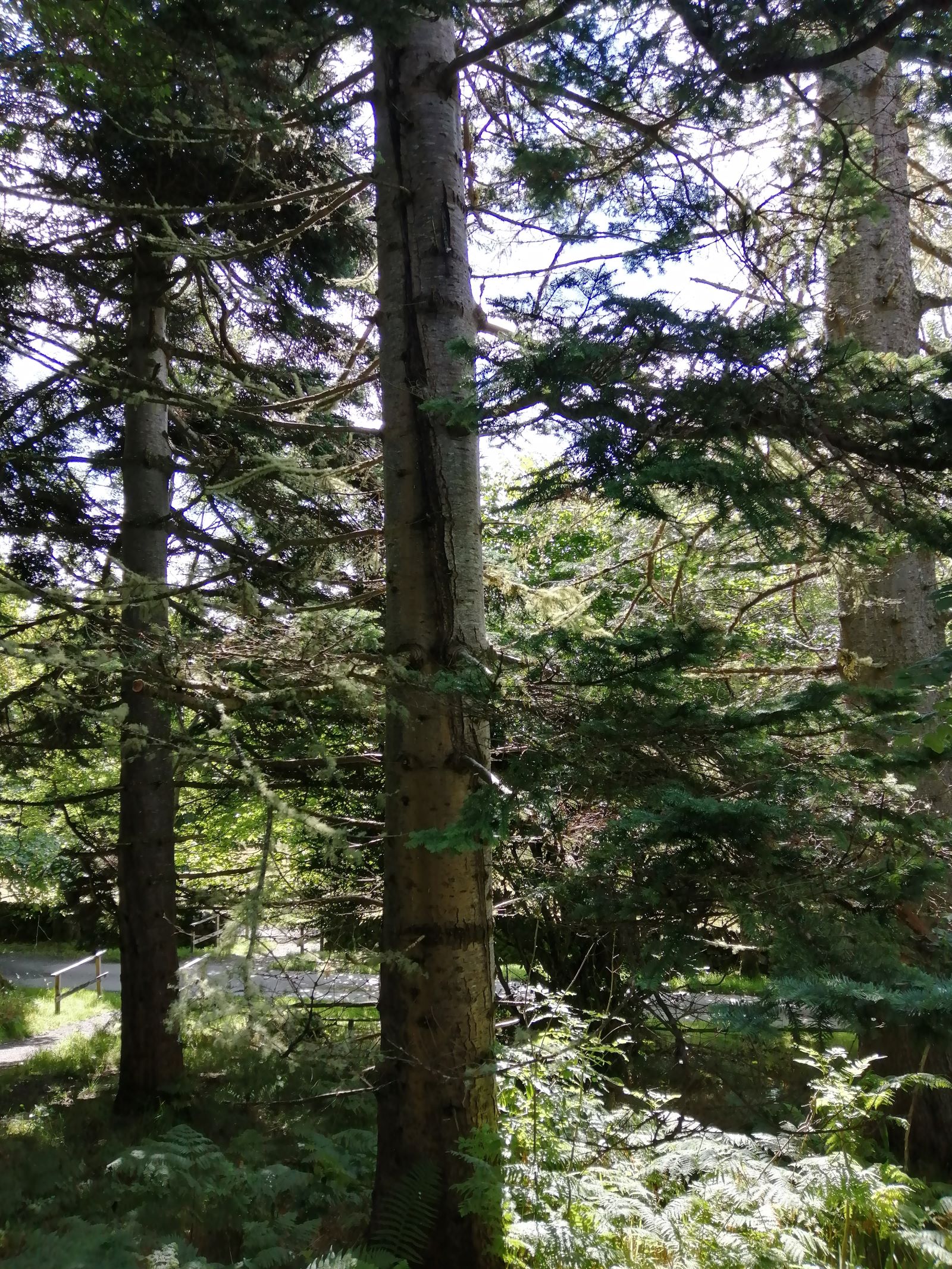
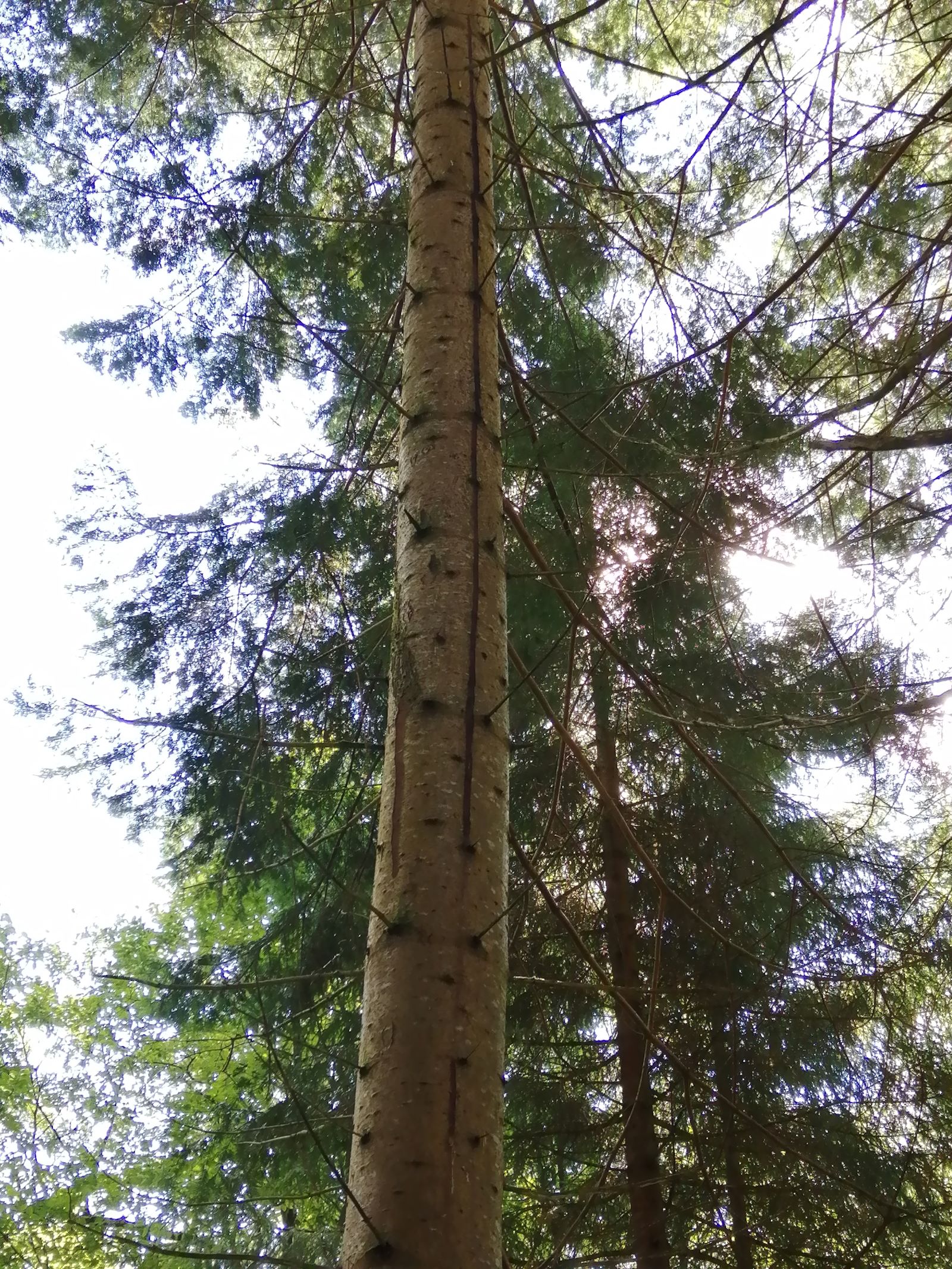

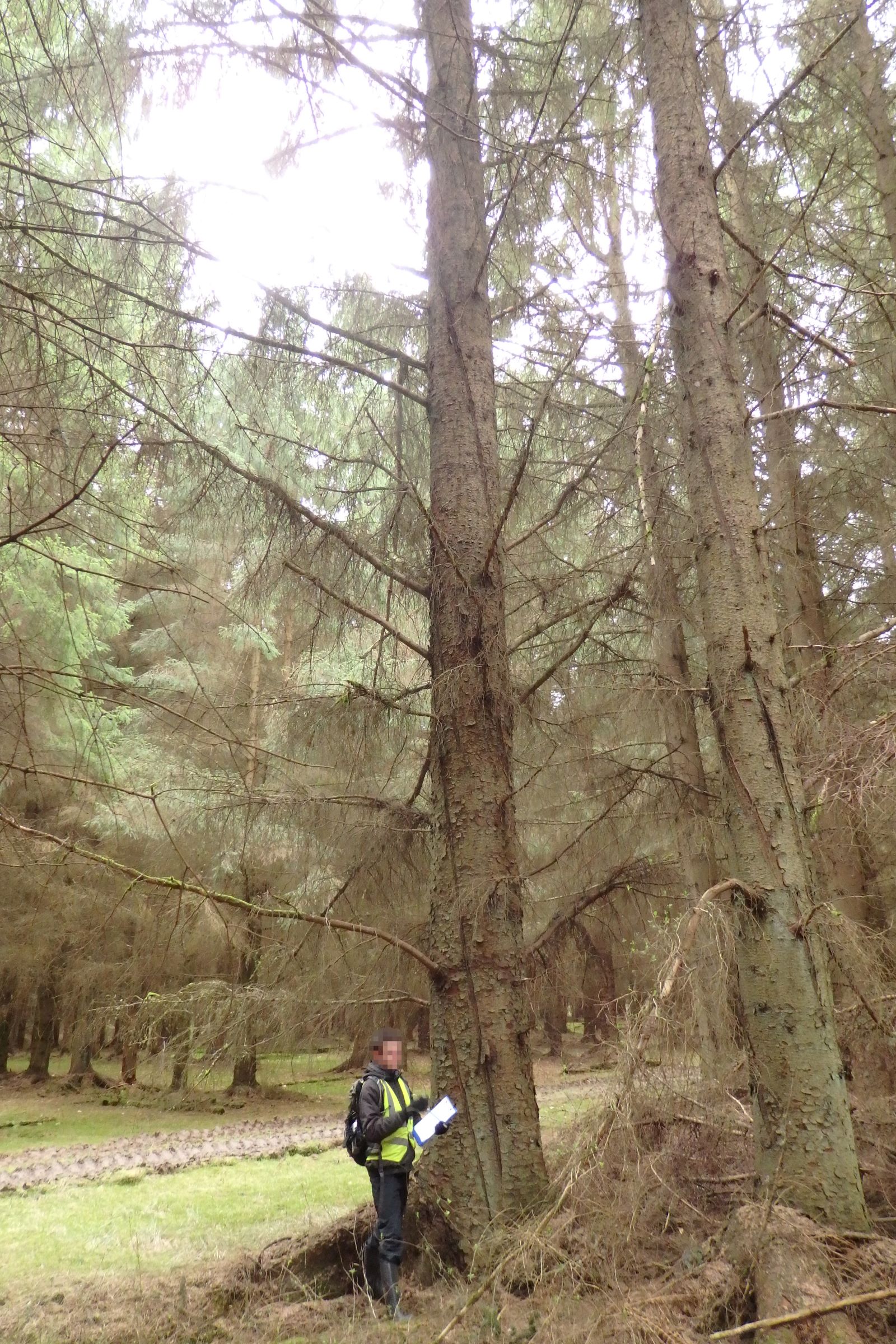
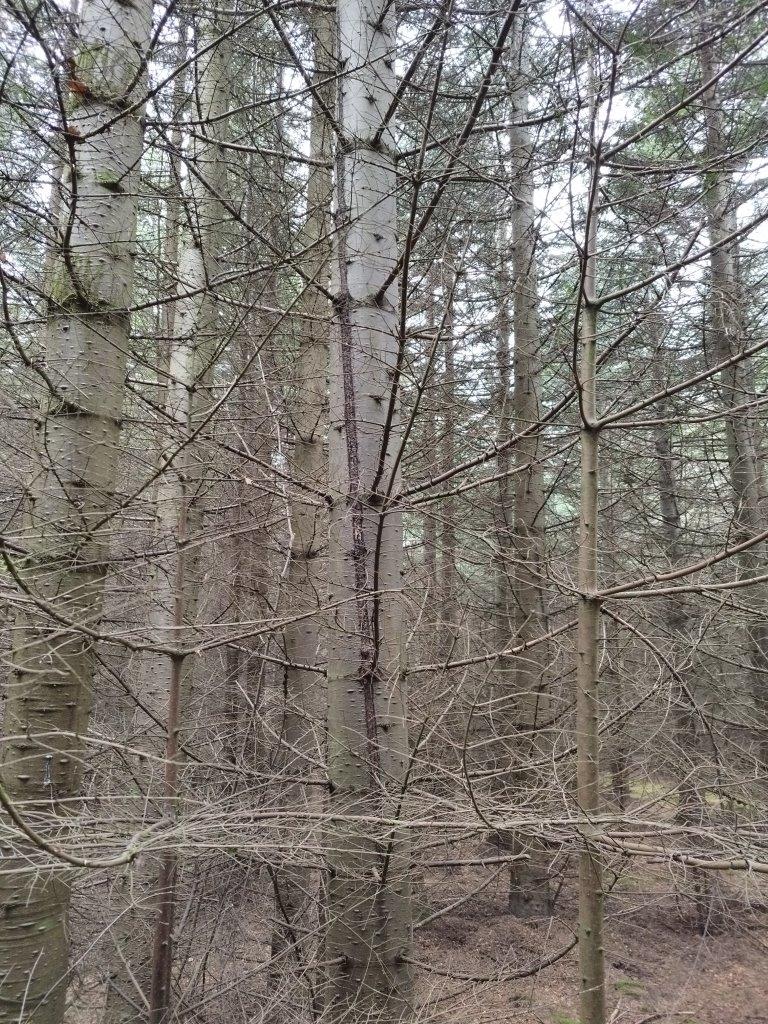
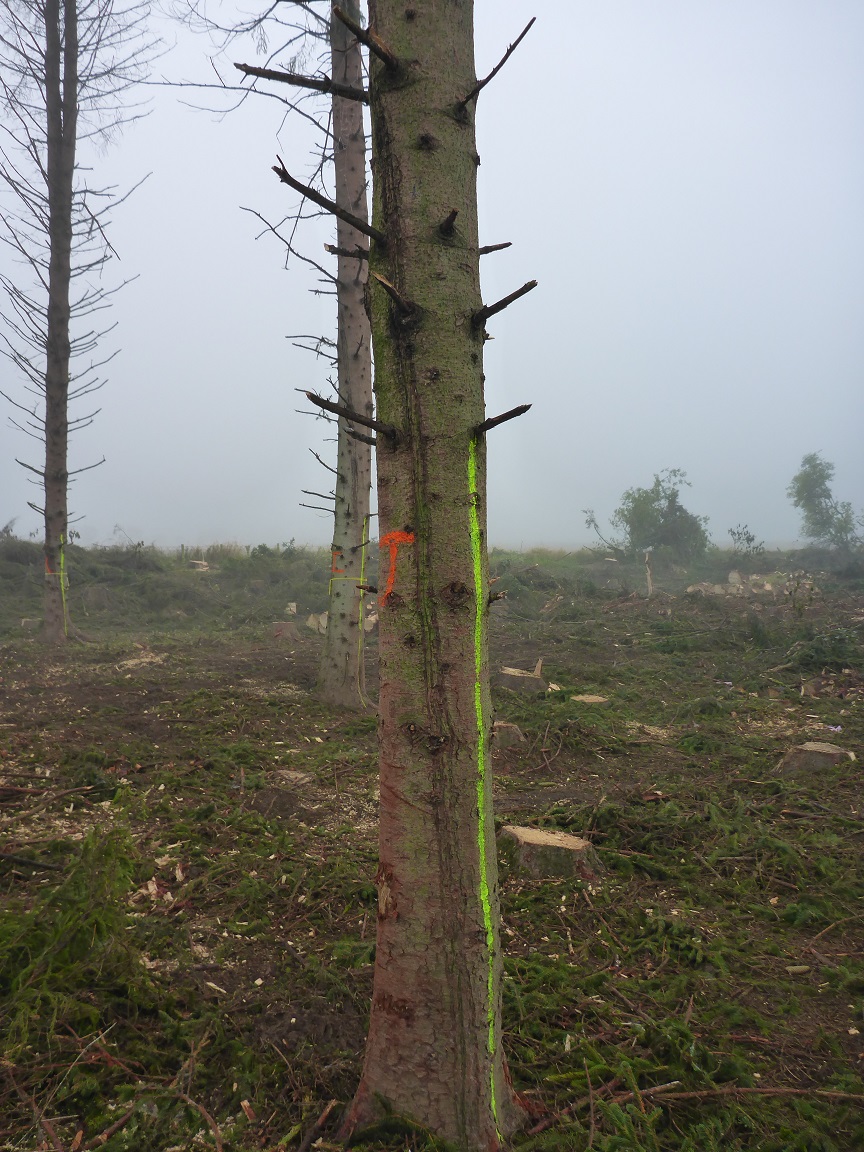
Recent News
View All news
Seventeen coniferous tree species show early promise for future commercial timber production in the UK
Researchers have set up a network of nine large scale experiments across the UK to test the suitability of 17 tree species as potential alternatives for future commercial timber production.
Forest Research are looking for people involved in the harvesting, processing, transport, import, or trade of firewood in Scotland to complete an important survey.

New guide to help local authorities conduct a people survey on the social value of their treescapes
A new step-by-step guide to help local authorities, charities and civic societies carry out a people survey to understand social and cultural values related to trees in their area, is now available.

Seventeen coniferous tree species show early promise for future commercial timber production in the UK
Researchers have set up a network of nine large scale experiments across the UK to test the suitability of 17 tree species as potential alternatives for future commercial timber production.
Forest Research are looking for people involved in the harvesting, processing, transport, import, or trade of firewood in Scotland to complete an important survey.

New guide to help local authorities conduct a people survey on the social value of their treescapes
A new step-by-step guide to help local authorities, charities and civic societies carry out a people survey to understand social and cultural values related to trees in their area, is now available.

